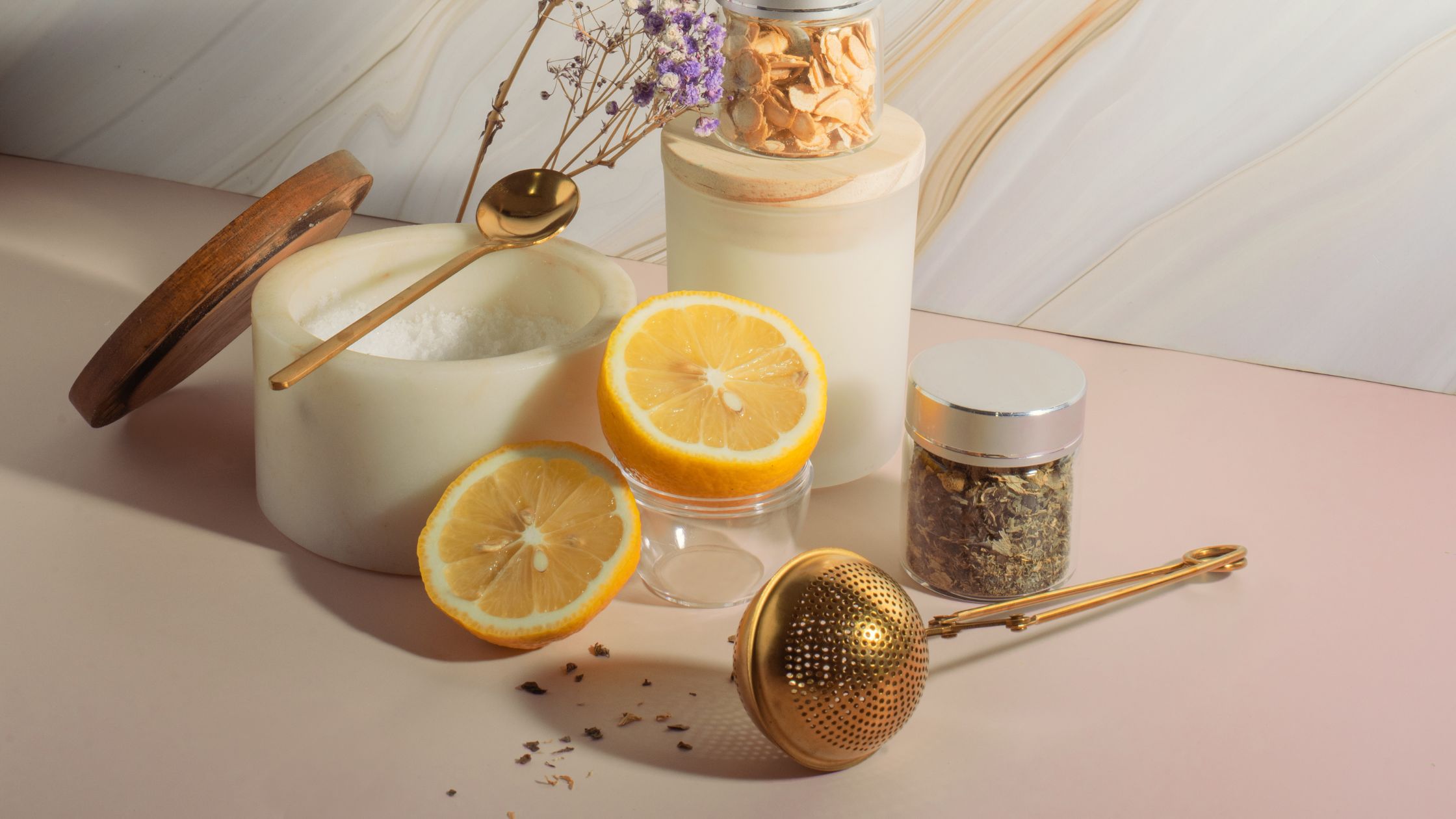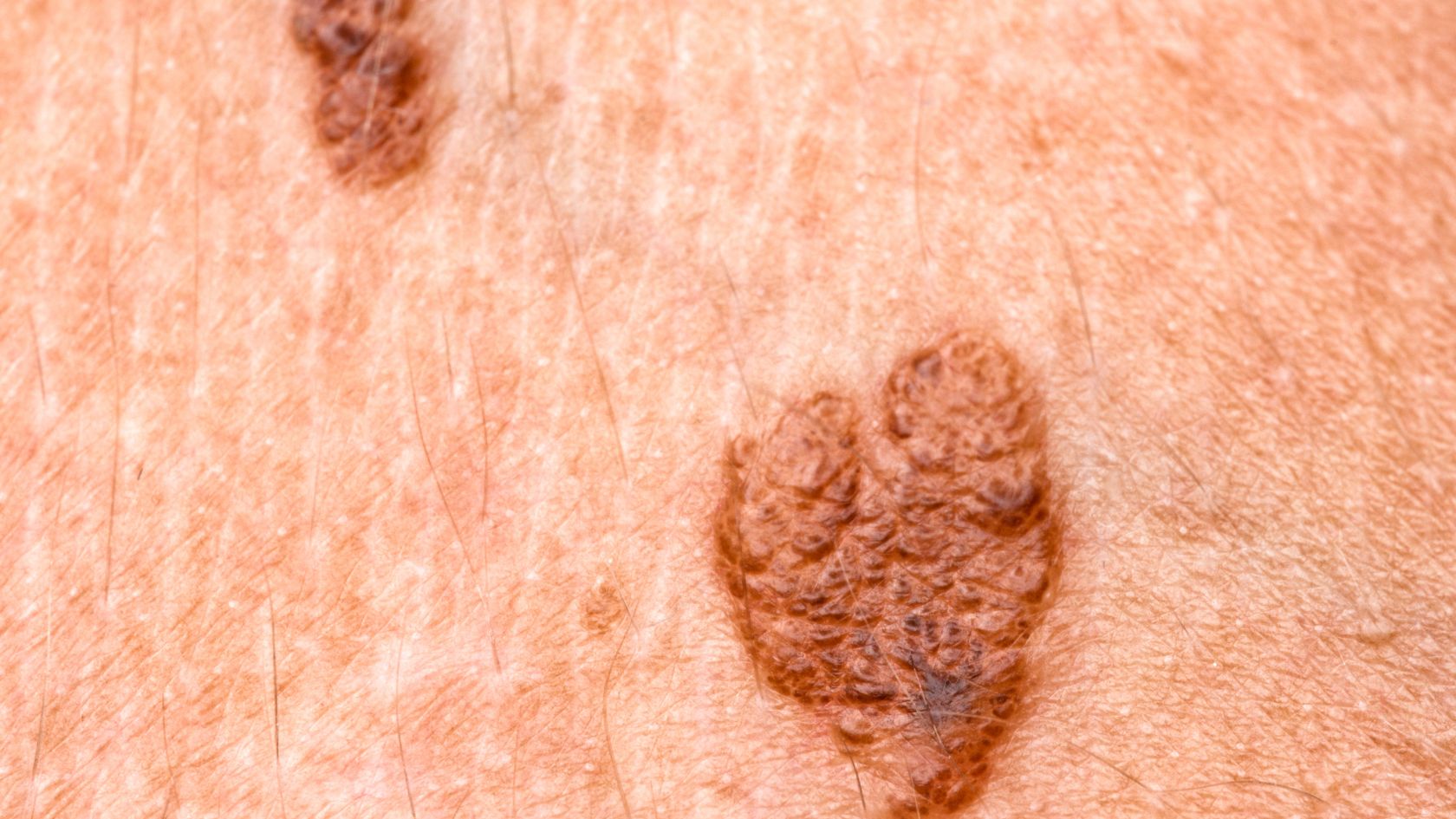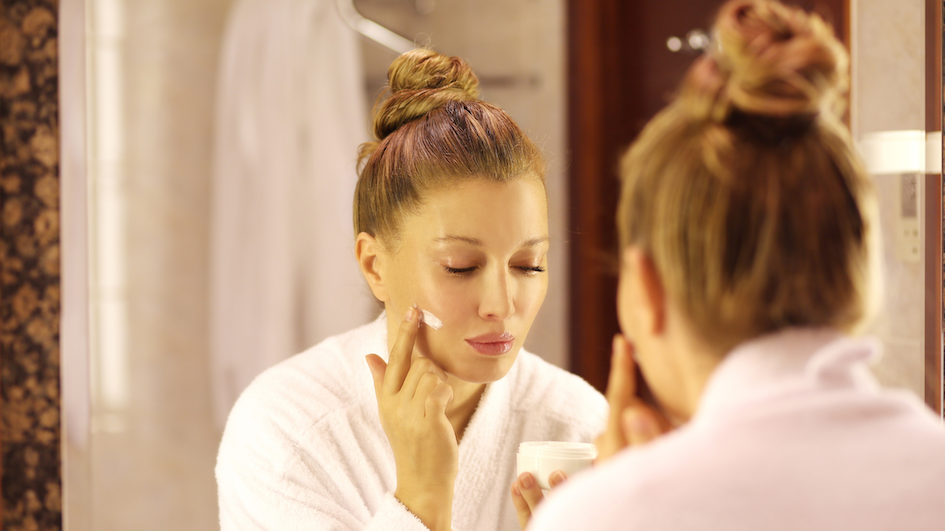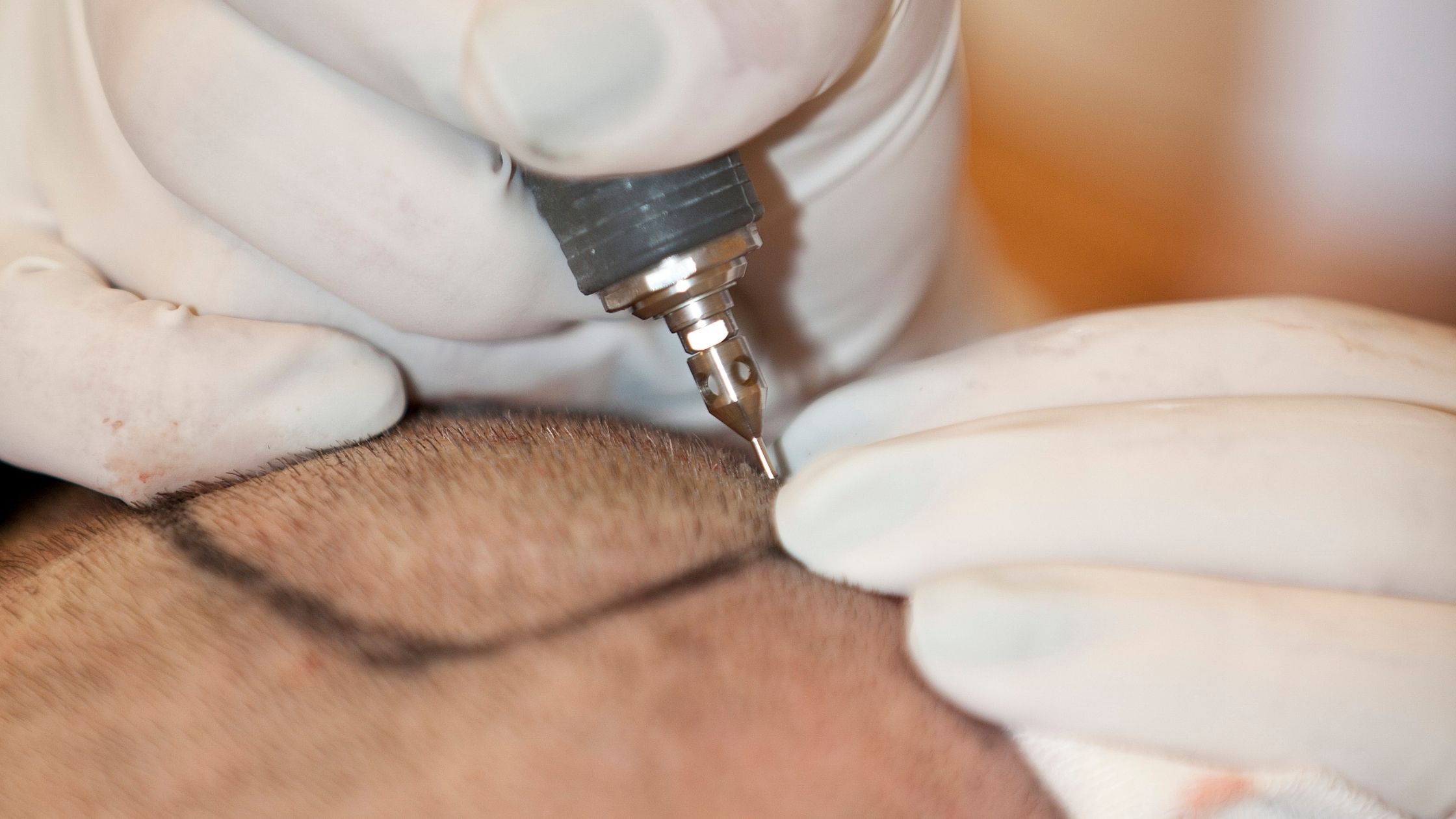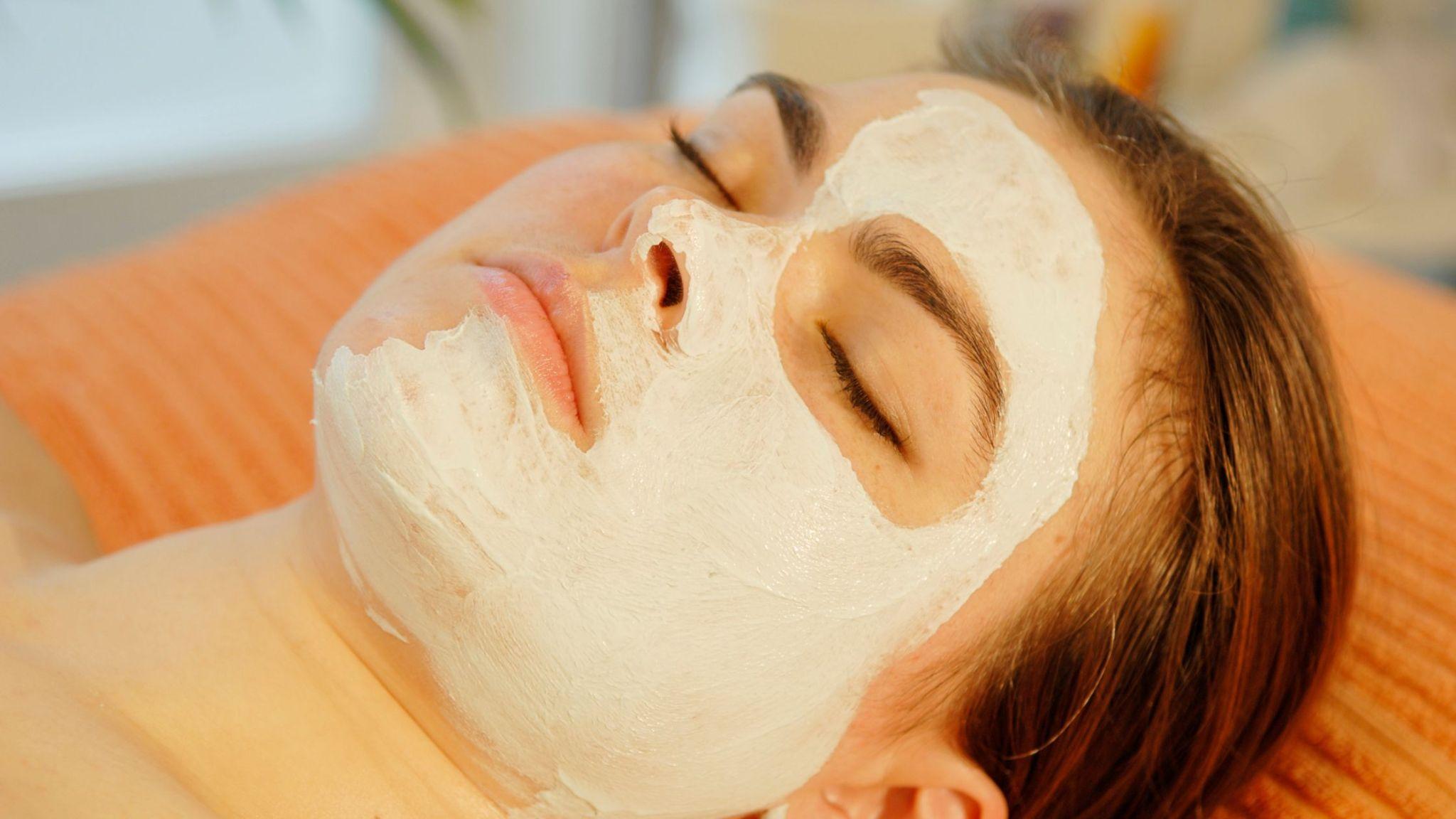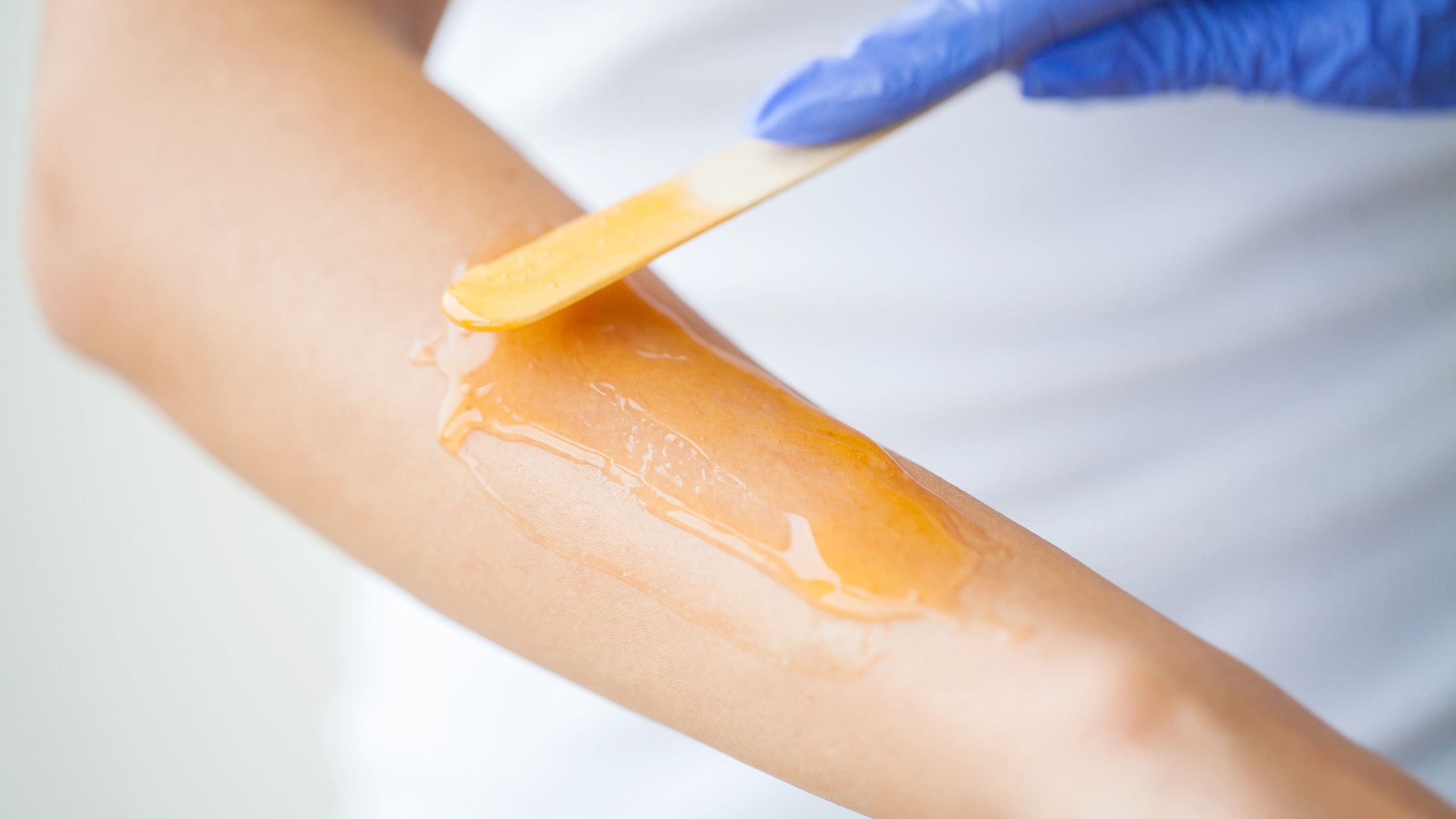Take care of calluses
Calluses result from the friction generated when your feet rub against your shoes. They typically form at the ball of your foot, heels, or the side of your big toe. This repeated friction leads to the hardening of these areas, making walking a potentially painful experience once calluses develop.
5 steps to take care of calluses:
- Soak your feet in warm water for about 15 minutes to soften the callused skin.
- Gently exfoliate the callused areas using a pumice stone or foot file.
- Apply a moisturizing cream or lotion to keep the skin hydrated.
- Use over-the-counter creams containing ingredients like salicylic acid. Note: Always talk to a dermatologist before using any medicine for the skin.
- Use shoes with proper arch support and a comfortable fit. Avoid shoes that cause excessive friction or pressure on specific areas of your feet.
Don’t ignore cracked heels
Cracked heels are predominantly a result of dry skin. While it may seem like a minor inconvenience, the repercussions can extend beyond aesthetic concerns. For starters, the cracks can deepen over time. This, in turn, can expose the sensitive skin underneath and make you vulnerable to infections. Secondly, persistent neglect of cracked heels may result in pain, discomfort, and difficulty in performing daily activities. Proactive care of cracked heels is critical for your well-being.
The best way to prevent cracked heels is by not walking barefoot at home. This may worsen the dryness of your heels. Secondly, regularly apply foot moisturizer to your feet to keep them hydrated.
Secret recipe to prevent cracked heels: Mix two tablespoons of sugar with two tablespoons of olive oil. Apply them on the heel area once a month to enjoy crack-free heels.
Fix the odor right away
Here is a quick trivia – Foot odor is also known as bromodosis.
This is a prevalent issue caused by the interaction of your sweat on your feet with bacteria on the skin’s surface. The result is not pretty. A distinctive and often embarrassing smell emanates from your feet.
Unfortunately, it can affect anyone. You could be young, old, healthy, unhealthy…Regardless of this, your first line of defense against foot odor is perfect hygiene. Start by washing your feet daily. Pay special attention to the spaces between the toes because they are bacteria magnets.
Most importantly, use an antibacterial soap to eliminate odor-causing bacteria, and thoroughly dry your feet afterward.
Toenails matter too
Your toenails play a pivotal role in supporting your feet and contribute to overall foot health. However, beyond the functional aspect, the condition of your toenails is also a clear reflection of your general well-being. For instance, any changes in color, texture, or the presence of abnormalities could signify underlying issues such as fungal infections, nutritional deficiencies, or systemic health conditions.
So regular care of toenails not only preserves the cosmetic appeal of your toenails but also enables early detection of potential health concerns.
Apart from this, you also have a condition called ingrown toenails that can result in extreme discomfort. It can even impact your daily lives.
Here are some tips to take care of your toenails:
- Always trim your toenails straight across to prevent ingrown toenails. Use a clean and straight-edged nail clipper, and avoid rounding the corners, as this can lead to ingrown nails.
- Keep your toenails at a moderate length. Nails that are too long are prone to breakage, while excessively short nails can lead to ingrown toenails.
- Use clean and sanitized nail clippers or scissors. Regularly disinfect your tools to prevent the spread of bacteria and fungi.
- Refrain from cutting your cuticles. Cuticles act as a protective barrier, and cutting them can increase the risk of infection.
- After washing your feet, make sure to dry your toenails thoroughly. Moisture trapped under the nails can contribute to fungal infections.
Wear proper footwear
This might come as a surprise to you. Yes, the choice of footwear also plays a pivotal role in promoting the overall well-being of our feet. From breathability to arch support, the shoes we wear can either nurture or hinder the skin on our feet. Shoes that are too tight or rub against the skin create friction, a breeding ground for blisters. Ill-fitting shoes, especially those that compress the toes or allow excessive movement, contribute to the formation of calluses and corns. Shoes that crowd the toes or have a narrow toe box can trigger ingrown toenails. The pressure exerted on the toenails causes them to grow into the surrounding skin, resulting in inflammation, pain, and a heightened risk of infection.
Here are some tips to help you in this regard:
- Opt for shoes made from breathable materials to promote air circulation around your feet. Proper ventilation helps prevent excessive sweating and moisture buildup, reducing the risk of fungal infections.
- Well-fitted shoes that don’t rub or create friction are essential in preventing calluses and corns. Tight or poorly designed footwear can lead to the development of these rough, thickened areas of skin.
- Shoes that allow sufficient room for your toes can help prevent ingrown toenails. Tight shoes can compress the toes, leading to the nails growing into the surrounding skin.
Conclusion
And that answers pretty much everything about how to take care of your feet. Nurturing the skin on your feet is not just an aesthetic endeavor; it’s an investment in your overall well-being. Always remember that the right foot care and skincare practices can either lead you towards optimal foot health or down a path strewn with skincare challenges. If you need help treating various skin issues in your feet, book an appointment at Dr. Renu’s clinic now.






